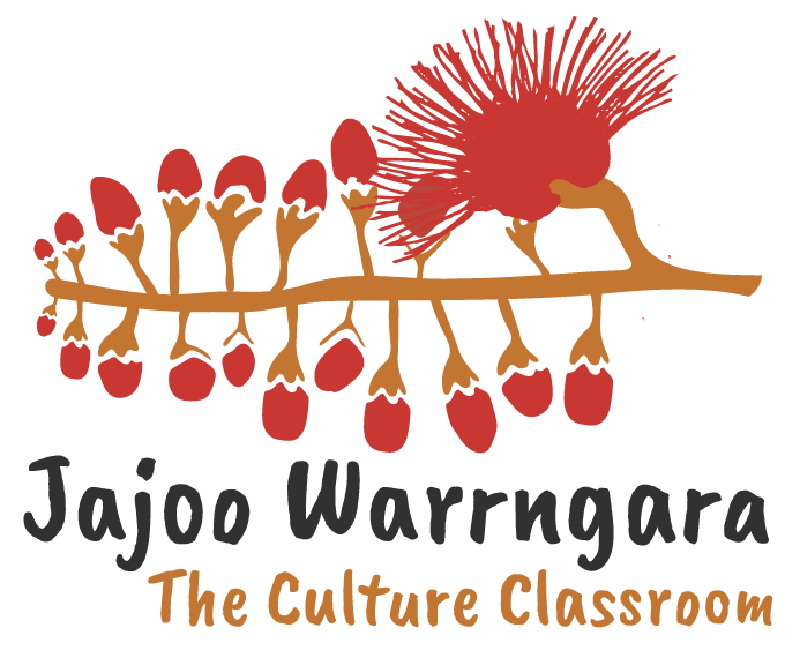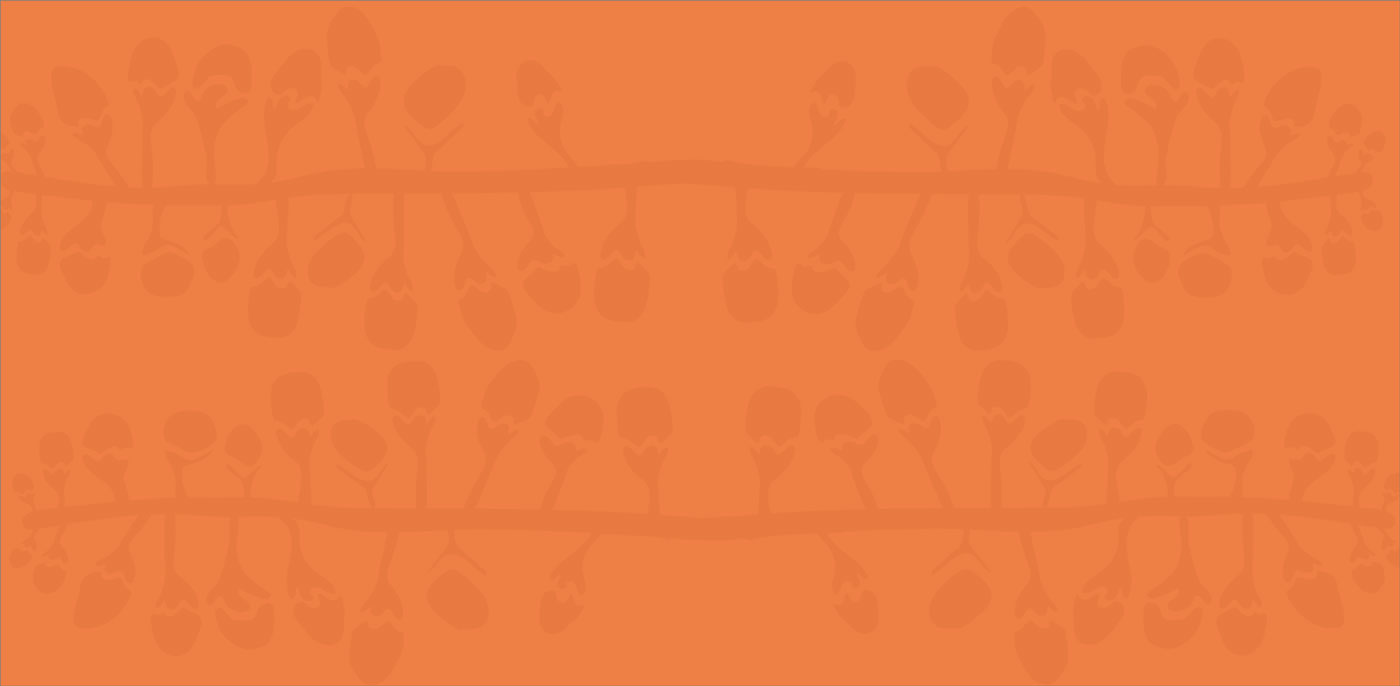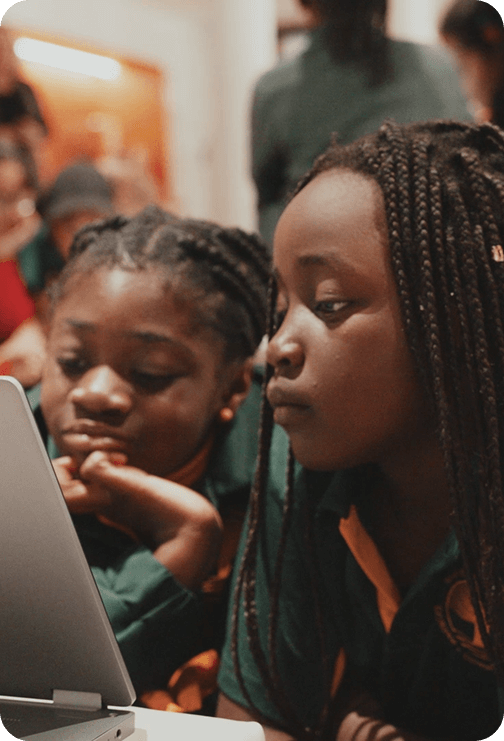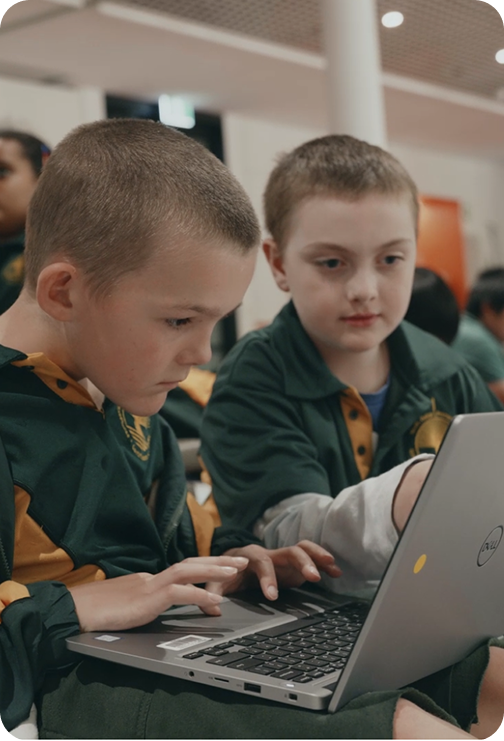Learning Areas
Science | Media Arts
In this unit
Students engage with the Wamba Wamba multi-touch book and explore both Muyi Mir and Pondi stories. They gain an understanding of animal characteristics, habitats and behaviours. They research food chains, create artistic visual representations of the animals from the stories, and develop an appreciation for the cultural significance of native animals.
This unit includes:
Learning Areas
Cross Curriculum Priorities
Aboriginal and Torres Strait Islander Histories and Cultures
Sustainability
Related Units
Unit Content












